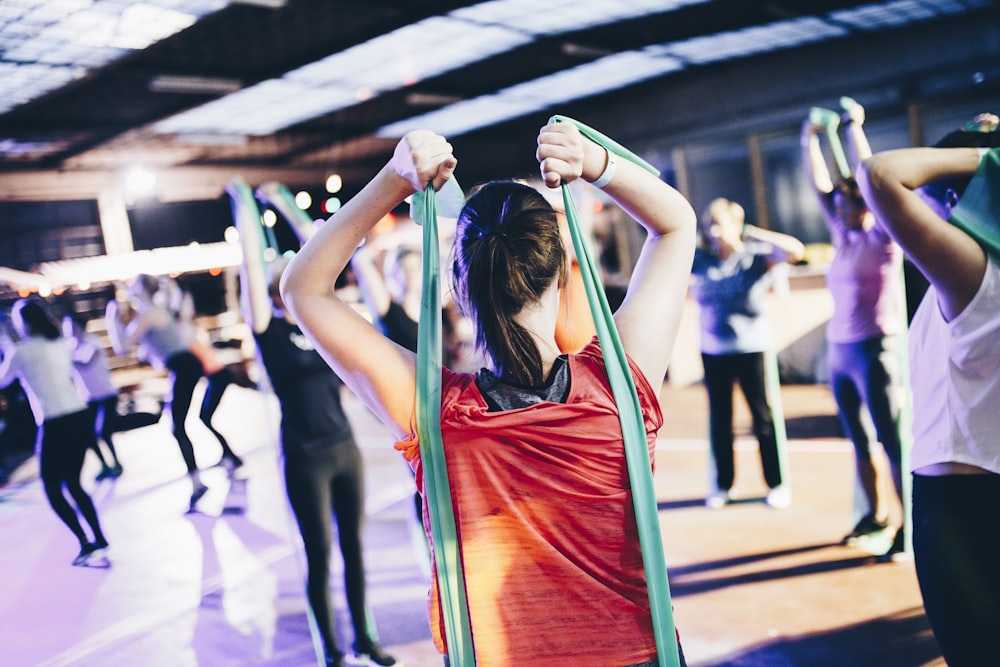Getting Started: Your Beginner Full Body Stretch Guide
So, you’re ready to loosen up those muscles and improve your flexibility with a beginner full body stretch routine. Stretching is not just for yogis or athletes—it’s for anyone looking to feel more limber, reduce tension, and move with ease in their daily life. Let’s dive into how you can get started on this journey to improved mobility and overall wellness.
Why Stretching Matters
Before we jump into the how-to, let’s talk about why stretching is so important. Regular stretching helps to increase flexibility, which in turn can improve your range of motion, reduce the risk of injury, and even enhance your athletic performance. Plus, it feels amazing to release the tension that builds up in our bodies from everyday activities.
The Basics of Full Body Stretching
When it comes to a full body stretch routine, the key is to target all major muscle groups. This means focusing on areas like the legs, back, arms, and core. A well-rounded routine will help to improve overall flexibility and mobility, allowing you to move more freely and with less discomfort.
Starting Your Routine: A Sample Plan
Now, let’s put together a simple yet effective beginner full body stretch routine. Remember, it’s important to listen to your body and never force a stretch. Here’s a sample plan to get you started:
Warm-Up (5-10 minutes)
- Neck Rolls: 1 minute
- Shoulder Circles: 1 minute
- Arm Swings: 1 minute
- Hip Circles: 1 minute
- Leg Swings: 1 minute
Full Body Stretches
- Standing Forward Fold: Hold for 30 seconds
- Quad Stretch: Hold for 30 seconds each leg
- Seated Hamstring Stretch: Hold for 30 seconds
- Chest Opener: Hold for 30 seconds
- Cat-Cow Stretch: 1 minute
- Child’s Pose: Hold for 1 minute
- Seated Twist: Hold for 30 seconds each side
- Downward Dog: Hold for 1 minute
- Cobra Stretch: Hold for 30 seconds
- Pigeon Pose: Hold for 30 seconds each leg
Tips for Effective Stretching
- Breathe Deeply: Remember to inhale deeply through your nose and exhale slowly through your mouth while stretching. This helps to relax the muscles and deepen the stretch.
- Hold, Don’t Bounce: Avoid bouncing or jerking movements while stretching, as this can cause injury. Instead, hold each stretch for at least 15-30 seconds.
- Listen to Your Body: If you feel any sharp pain or discomfort, ease off the stretch. Stretching should feel like a gentle pull, not pain.
- Stay Consistent: To see results, aim to stretch at least 3-4 times per week. Consistency is key!
- Hydrate and Refuel: Drink plenty of water before and after your stretching routine to keep your muscles hydrated. Consider a light snack with protein and carbs post-stretching to aid in muscle recovery.
Incorporating Stretching Into Your Routine
Now that you have a beginner full body stretch routine, the next step is to make it a regular part of your day. Whether you do it first thing in the morning to wake up your body, during a work break to relieve tension, or before bed to unwind, find a time that works best for you. Your body will thank you for it!
Ready to Feel More Limber?
With this beginner full body stretch guide, you have everything you need to start improving your flexibility and mobility. Take it slow, be patient with yourself, and enjoy the feeling of freedom that comes with a well-stretched body. Here’s to moving with ease and feeling fantastic every step of the way! Read more about beginner full body stretch




